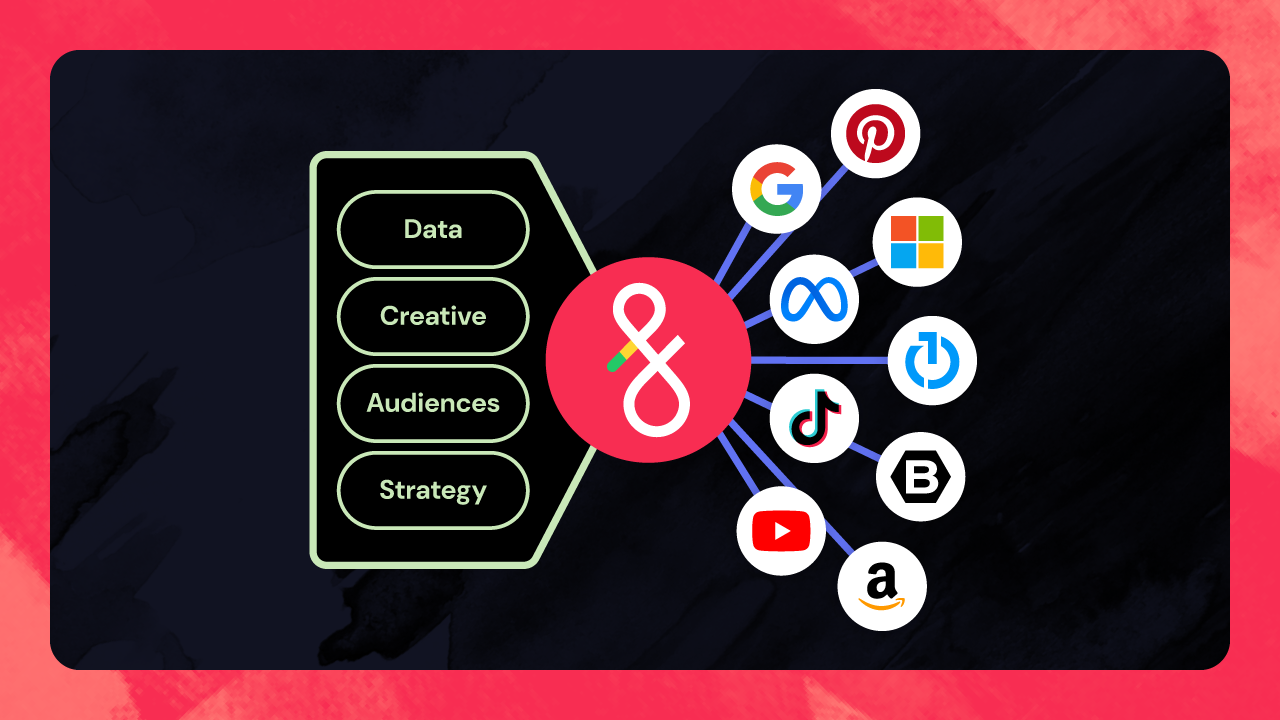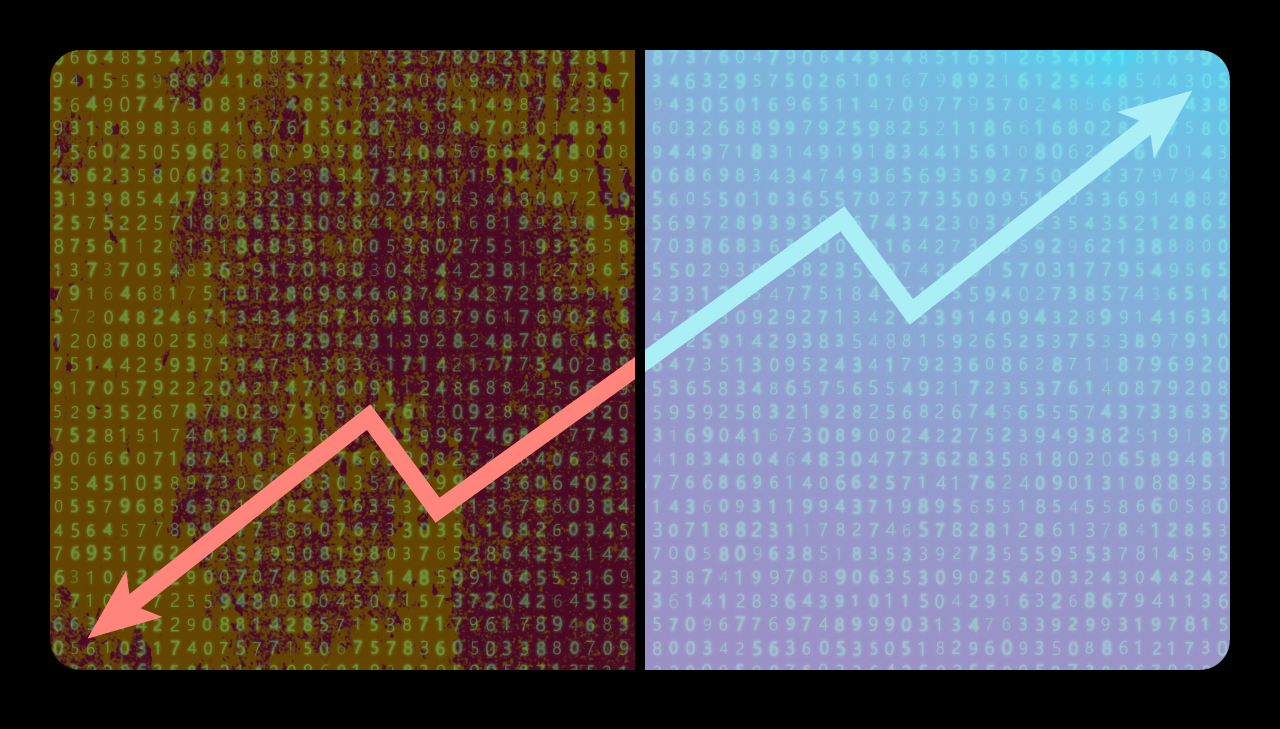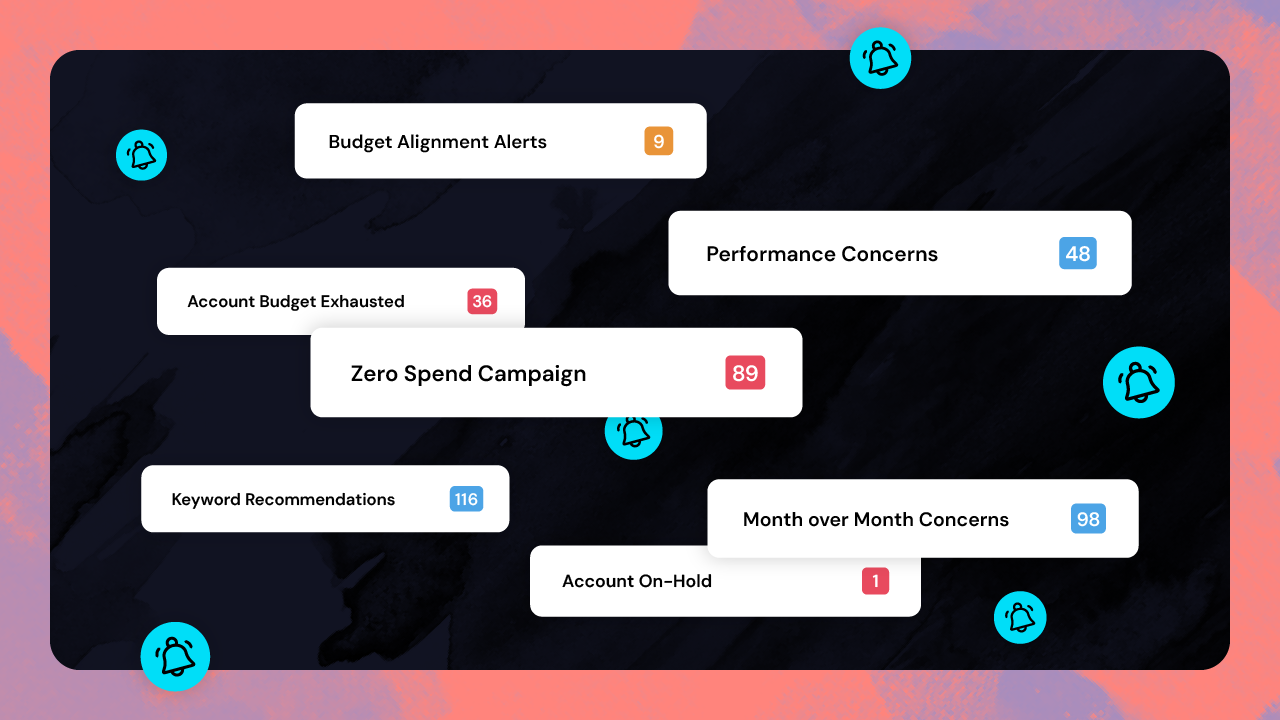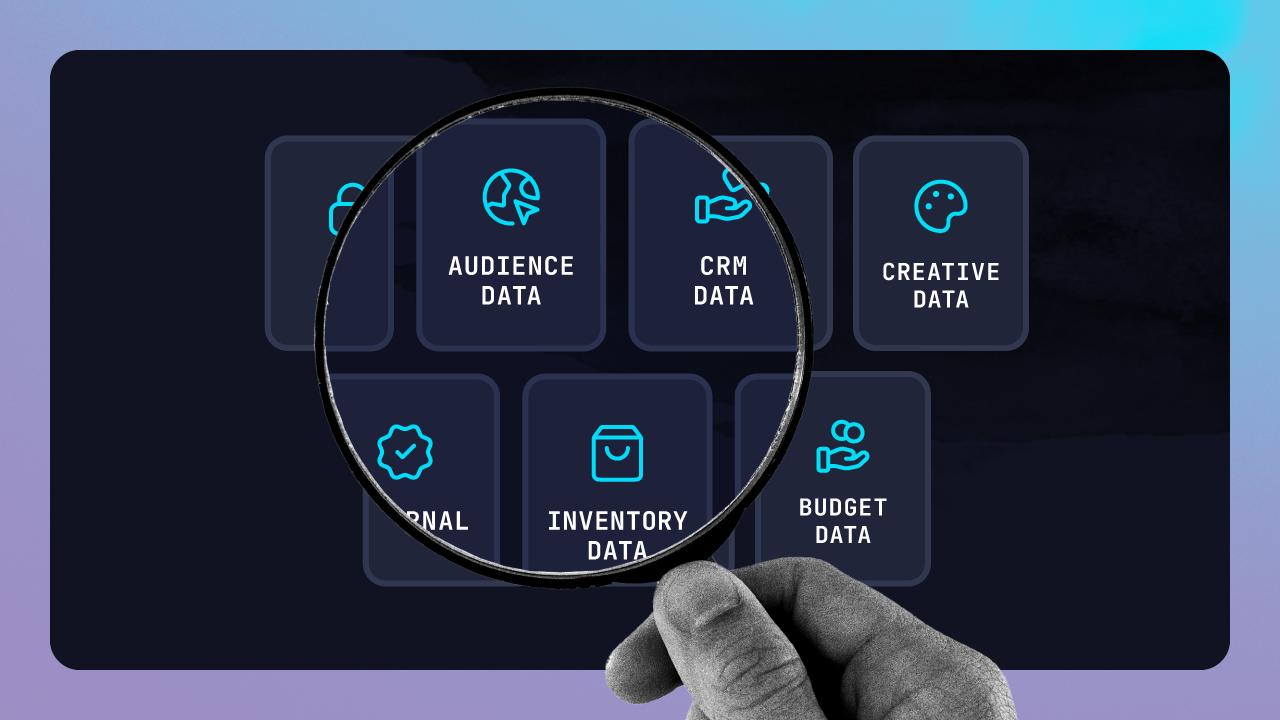It’s nearly upon us. Industry analysts predict that Black Friday 2025 (November 28) will be another record-breaking holiday season, building on 2024's massive $241.4 billion online sales.
But as advertisers already know, Black Friday is not a mere one-day event. Even though it generated 4.1% of the total U.S. holiday-season e-commerce revenue last year, the unofficial holiday kicks off just after Halloween. Plus, consumers now expect sales to last through the whole Black Friday weekend, if not longer.
For advertisers, this means you’re running a multichannel marathon from October until the end of December. An already-exhausting holiday becomes even harder to manage, especially if you’re manually handling multiple promotional campaigns for dozens of different clients.
This guide can help you properly prepare for the Black Friday gauntlet. You’ll see the most recent data, get some practical tips for building your multichannel promotional advertising strategies, and learn how digital advertising automation can help ease the burdens of campaign management at scale. That sounds like a holiday gift we’d all be thankful for.
What Black Friday 2024 taught us (and why it matters now)
Black Friday data from 2024 tells a clear story: the holiday season is bigger, longer, and more mobile than ever before. If you want to know what to expect for Black Friday 2025, it starts by looking back at what happened in 2024.
The data clearly indicates that shoppers are spending. U.S. online holiday sales hit a massive $241.4 billion, jumping up 8.7% from 2023 The main event, Black Friday, pulled in a record-setting $10.8 billion in online sales.
Even so, there are clear indicators that shoppers are approaching holiday shopping differently than ever before. For example, the "Cyber 5" (the five-day stretch from Thanksgiving through Cyber Monday) only accounted for about $40.6 billion of the total season’s sales. Those five days were once the main draw for shoppers, but they accounted for less than 17% of all holiday sales in the 2024 shopping season.
Black Friday 2025 advertising trends to watch for:
So what does this mean for advertisers in 2025? People are clearly spreading their shopping out across multiple weeks, not just days. A recent report from EMARKETER found that nearly two-thirds of shopper (65%) plan to start their holiday shopping before Black Friday in 2025. This correlates with what Salesforce reported: nearly a third of all holiday sales happened in the first three weeks of November 2024, before Black Friday week even began.
In addition to starting your promotional advertising campaigns earlier, you should also find a way to weave these trends into your strategies:
- Mobile is no longer "A" channel, it's "THE" channel: For the first time, mobile devices drove the majority of e-commerce revenue, accounting for 53.2% of all online sales in 2024. Folks weren’t just browsing on their phones; they were buying. If your campaigns aren't optimized for a small screen, you're already losing.
- "Buy now, pay later" (BNPL) is a major motivator: Shoppers spent $18.2 billion using BNPL services, a 17% increase from the previous year. What was one considered a niche payment option is now a core part of how people budget (and pay for) for holiday gifts.
- The early bird gets the customer: Even though we’re all rolling eyes when holiday decor hits the shelves in October, the data confirms that shoppers are starting their searches and making purchases earlier in Q4. We’ve also seen advertising costs reflect this, with CPCs on search ads rising throughout October and peaking during the Cyber 5 weekend.
What are some key digital advertising strategies for Black Friday 2025?
Knowing what happened last year is one thing, but turning that knowledge into a winning ad strategy for Black Friday 2025 is another - especially where scaling seasonal digital advertising across multiple locations is a concern. Whether you’re on an in-house enterprise team or running campaigns for clients, here are the core tactics your ad team should be focused on right now.
Craft creative that stops the scroll
Static, evergreen ads won't cut it during the holidays. You need creative assets that feel authentic and communicate value—instantly.
- Embrace user-generated content (UGC): Your best ads might already exist. Ads featuring real customers using your products almost always outperform polished studio shots. They build trust, provide social proof, and feel far more genuine in a crowded social feed.
- Use clear and simple offers: Don't make the user do math. Your offer should be understood in the half-second you have their attention. A simple "Everything is $25" or "40% off site-wide" is more powerful than a confusing sale like "Buy one, get one 30% off."
- Be agile enough to quickly double down on what works: Can your team quickly reallocate funds from an underperforming promotional ad campaign to a high-performing one? Advertising budget automation and AI tools can take the guesswork out of creative and copy optimizations, making changes in real-time based on your defined strategies.
Sharpen your advertising campaign execution
Great creative assets need a solid technical setup to perform. Try these out:
- Countdown timers: Customizers in Google Ads enable you to show real-time countdowns for sales. It's a simple, powerful psychological nudge.
- Dynamic site links: Promote specific holiday deals or gift guides directly in your search ads using site links. This helps users land on the right page faster, reducing friction in the buyer’s journey and encouraging more sales.
- Highlight BNPL options: Make sure your ad copy explicitly mentions "Buy now, pay later" options when applicable. For a budget-conscious shopper, this can be the final push they need to buy.
Get your keyword strategy in shape
Don't wait until November to think about your holiday keywords. Reactivate your top-performing seasonal search terms in October to start gathering data and establishing relevance. At the same time, pause any broad, low-intent keywords that are likely to drain your budget with window shoppers.
Prioritize mobile-first optimization
Mobile accounts for over 50% of sales. If your campaigns aren’t mobile-first, it could jeopardize performance. Make sure that your ads are mobile-friendly by using:
- Responsive creative assets: Make sure your images and videos look great in vertical formats for Stories and Reels.
- Fast landing pages: Test your landing page speed on mobile. The probability of a user bouncing increases by over 30% as page load time goes from one to three seconds.
- Simple checkouts: Go through your own checkout process on a phone. Is it easy? Are the buttons big enough to tap? Remove every possible point of friction.
What are some ways to scale my Black Friday ad campaigns in bulk?
Managing multiple platforms, shifting budgets, and endless creative variations is a huge challenge, especially for lean advertising teams. Having a central platform to manage your entire advertising operations makes all the difference during peak promotional seasons like Black Friday. Fluency’s suite of digital advertising automation tools was built to handle this level of campaign complexity at scale.
A Digital Advertising Operating System (DAOS) enables you to:
- Schedule sales and promotions in advance: Forget manually launching campaigns at midnight. Tools like Fluency Broadcast give you the power to schedule ad promotions to turn on (or off) at set times, across all major ad platforms.
- Manage hundreds of ad changes in bulk: Need to update ad copy or landing page URLs across hundreds of campaigns? Fluency’s bulk management tools let you make changes in one place and push them live everywhere.
- Perform smarter, AI-powered budgeting: Multichannel budgeting automation tools help you manage pacing and bid adjustments automatically, pairing AI with your specific campaign KPIs. This ensures every budget across your portfolio is spent effectively when conversion rates spike during peak shopping surges.
- Easily monitor and report on cross-platform performance: Stop jumping between a dozen tabs and multiple publishers. A DAOS connects with all major ad platforms, giving you a single view of performance for your campaigns across every platform. When you can see what's working, you can make faster decisions.
Managing your 2025 holiday campaigns manually is a recipe for missed opportunities and burnout. Automation ensures you don't miss critical sales windows, optimizations, or perfectly-targed promotions during a pivotal advertising season.
Key takeaways for Black Friday 2025 advertising
- The holiday shopping season is a marathon, not a sprint: Holiday shopping starts in October. Talk with your clients about planning budgets and campaigns for a multi-month event, not just a single weekend.
- Mobile reigns supreme: With over half of all online sales happening on phones, every part of your campaign—from ad creative to checkout page—must be optimized for mobile users.
- Flexible payments are a lucrative offer: "Buy now, pay later" is a major driver of conversions. If you offer this payment option, feature it prominently in your ad copy and product pages.
- AI-powered automation is your ally: The only way to manage the complexity of today's holiday campaigns is with digital advertising automation. Automation can handle the repetitive, nuanced execution of your ad strategies so you can keep everything running at peak performance.
Your game plan for a successful holiday advertising season
Winning Black Friday 2025 comes down to a few key things: planning early, designing for mobile from the start, keeping your workflows flexible, and leaning on advertising automation to manage the chaos. By taking these steps, you can build campaigns that drive sales and foster stronger consumer relationships.
Ready to see how you can scale your holiday campaigns without the headaches? See how Fluency can help scale your operations.






